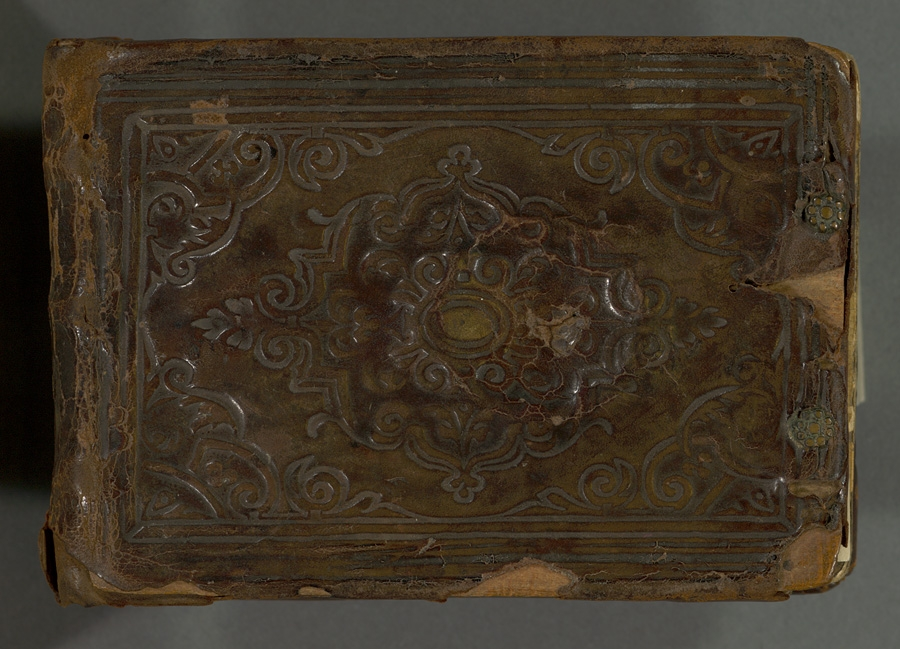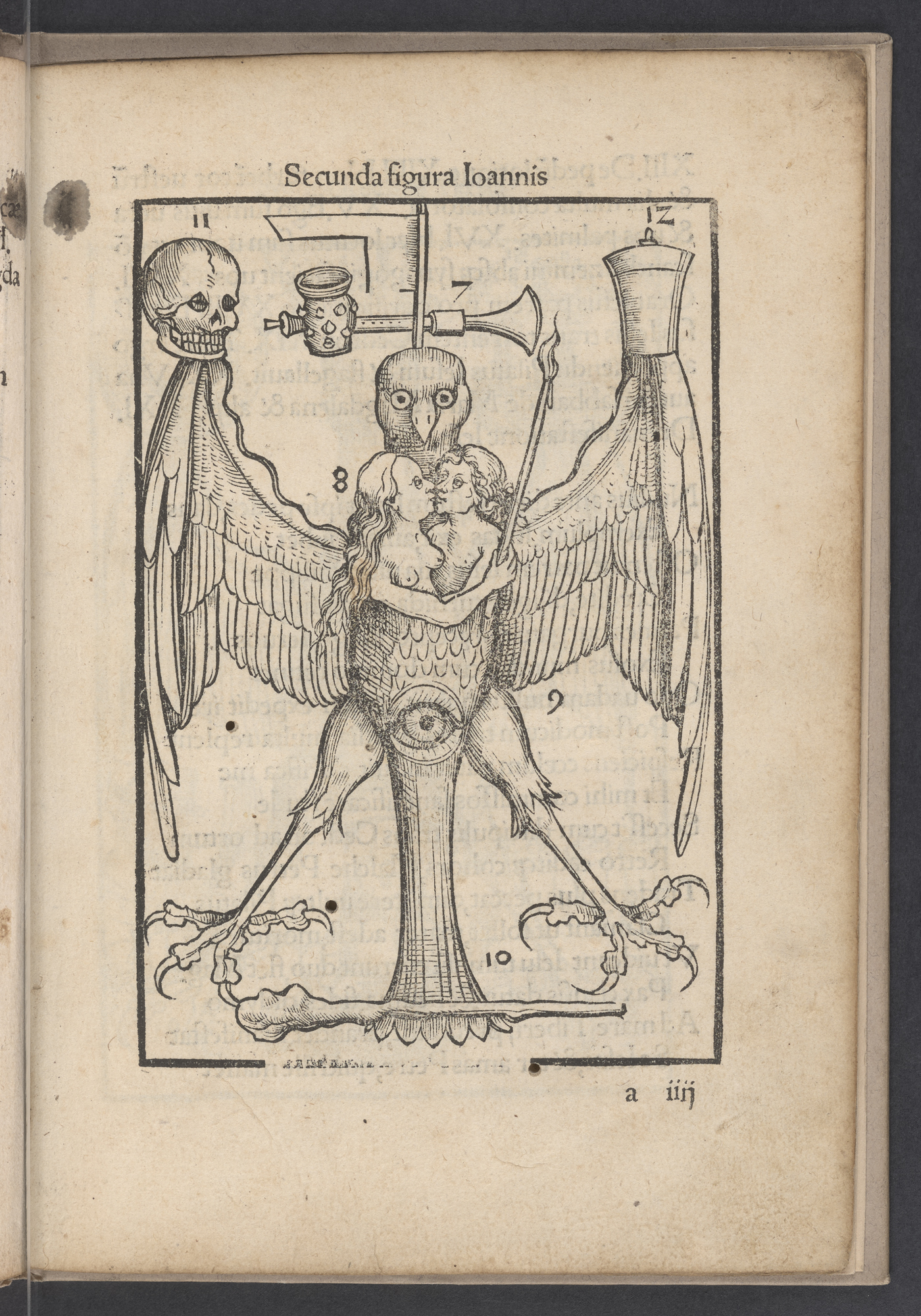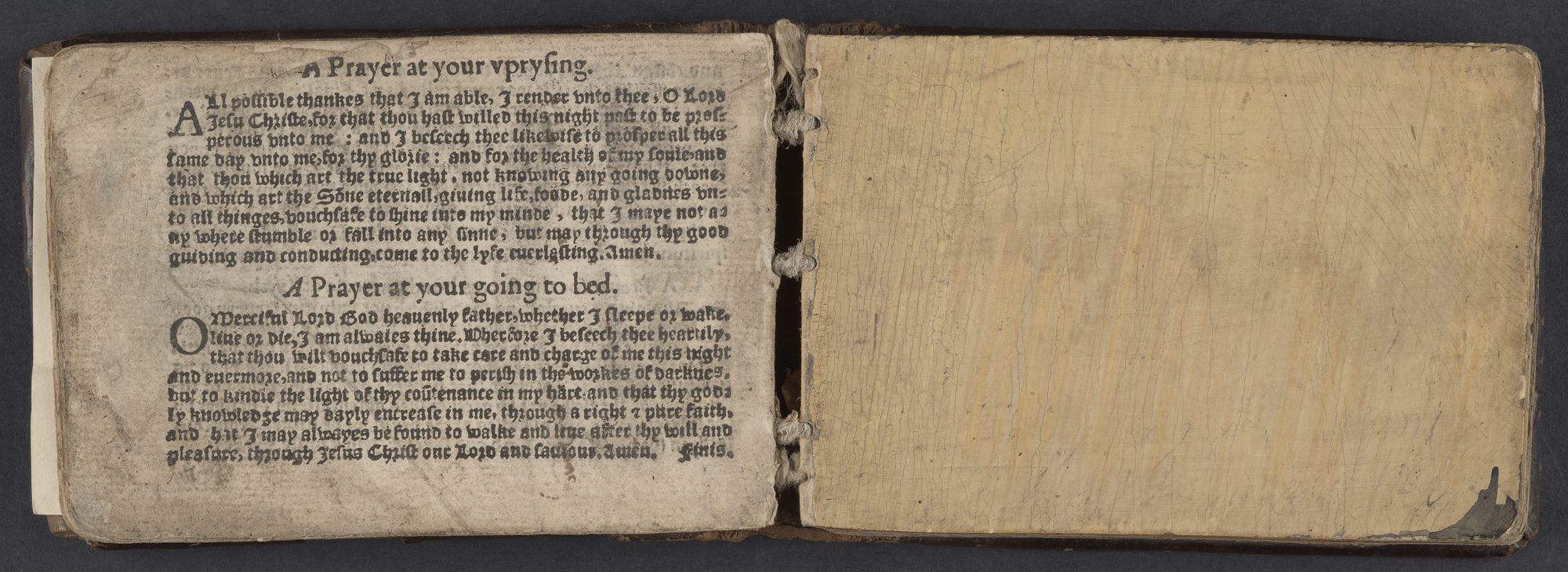created 2025-05-24, & modified, =this.modified
Notes
Notes from the Columbia University Library exhibit.
Fourteenth-century monk Petrus von Rosenheim produced a series of woodcut mnemonics that remained popular into the sixteenth and seventeenth centuries. The mnemonics used biblical symbolism intended to help readers memorize verse from the gospels, turning the Art of Memory into a tool for Christian devotion
Ars Memoriae - Art of Memory
Essentially, this ancient method for improving the artificial memory (memoria artificialis) consists of two main steps. First, one needs to fix in the mind a series of places (loci). Quintilian, for instance, suggests a spacious building with a vestibule, atrium, bedrooms, bays, including statues and room decorations (11.2.20). Secondly, it is necessary to create a series of images (imagines) that allude to whatever we wish to remember.
AM is any number of loosely associated mnemonic principles designed to organize memory impressions, improve recall and assist in formulation of new ideas.
The main methods are
- association of memory striking memories within visualization locations
- chaining associations of images
- tying images to signs
- tying text to images
The visual sense is dominant where the objects are seen in space. The text must be chunked/limited, numbered and then memorized in a few places at a time. Idiosyncratic associations are harnessed, personal to the rememberer. The symbols might not translate to others. Ensuring an emotional connection to the material will call up the emotions when recollected. Repetition will instill, “repeat again what you hear; for by often hearing and saying the same things, what you have learned comes complete into your memory.”
Poetry
Edmund Spenser’s epic The Faerie Queene features an allegorical depiction of memory as a disorganized library of worm-eaten texts, overseen by a decrepit librarian, Eumnestes (“good memory” and his assistant Amanestes (“recall”), at once illustrating and parodying contemporary understandings of memory.
His chamber all was hangd about with rolles, And old records from auncient times deriu’d, Some made in books, some in long parchme[n]t scrolles, That were all worme-eaten, and full of canker holes. Amidst them all he in a chaire was set, Tossing and turning them withouten end; But for he was vnhable them to fet, A litle boy did on him still attend, To reach, when euer he for ought did send; And oft when things were lost, or laid amis, That boy them sought, and vnto him did lend. Therefore he Anamnestes cleped is, And that old man Eumnestes, by their propertis.
Erasable Writing Tables
rel:The Notebook - A History of Thinking on Paper by Roland Allen

1583 - Wryting tables, with a necessarie calender fayres in Englande, the festiuall holydayes, the hie wayes from one towne to another. title page

